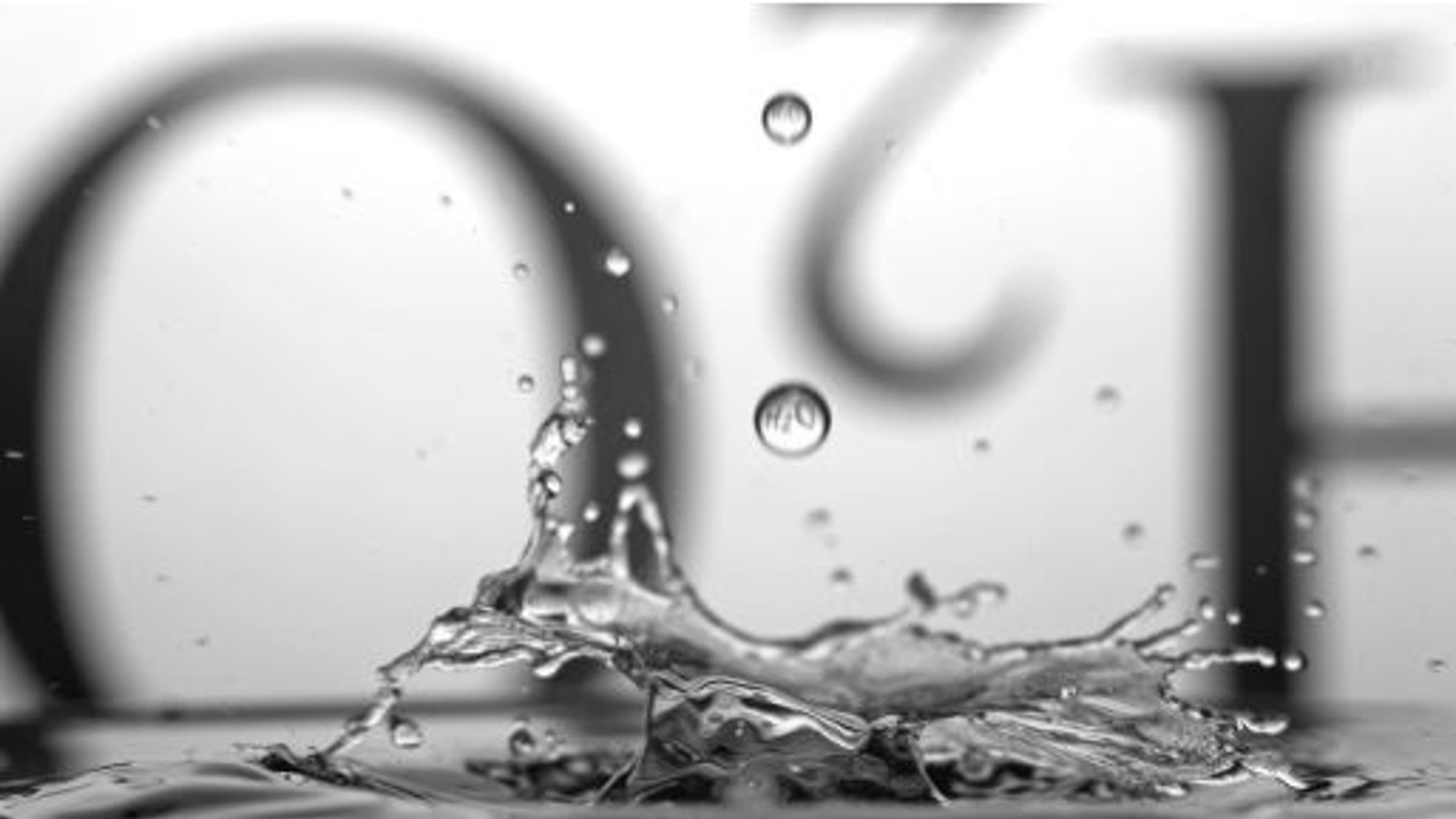Water Control System in Evaporative Cooling Technologies

The evaporative systems are extremely efficient thanks to the use of water.
Naturally, water has to be managed and so the so-called “water control system” is nowadays a particularly important topic in evaporative cooling circuits, both in industrial process and HVAC applications.
Luckily, it’s a fairly easy thing for an industry expert.
How to manage this and improve efficiency?
—
Matteo Pojaghi, Export Area Manager at MITA Cooling Technologies
1. Preface: water control system
A water control system is necessary in order to achieve important targets such as:
- heat transfer efficiency improvement;
- power use reduction;
- maintenance cost reduction;
- system lifetime extension;
- water usage optimization / reduction (blowdown/discharge volume);
- water treatment costs optimization / reduction.
2. Water control system: measured parameters
Moreover, A water integrated control system requires at least the control of the following parameters:
- salt concentration
- formation of scale
- water corrosion potential
- growth of bacteria and algae
In fact, an uncontrolled scaling formation as well as an uncontrolled increase in salt concentration could result in a substantial decrease of cooling equipment performance. Consequences could be an increase of power consumption and/or the need to stop the plant for maintenance, which could also be particularly costly in terms of time and money.
An above average corrosive potential could bring to decay and/or the damage some metallic parts of the system, reducing its efficiency and lifetime.
3. Water control system: technical solutions
Hence, a water control system has to be designed to automatically manage:
- scale inhibitor dosing
- anticorrosive additives dosing
- anti-algae/ biocide additives dosing
- salinity adjustment through water purge
In small-medium sized cooling systems, it is possible to consider dosing of a single chemical conditioning product that is able to act as scale inhibitor, corrosion inhibitor and biocide / algaecide.
Dosing is usually proportional to the water consumption (i.e. Make-up).
On the other hand, especially in bigger cooling systems, it is recommended to use two separate and dedicated products, one acting as a scale and corrosion inhibitor and the second one acting as a biocide / algaecide. Usually, dosing of scale and corrosion inhibitor is proportional to water consumption, dosing of biocide / algaecide product is a shock treatment, independent of water consumption.
Salt concentration can be kept at correct value by automatic temporized bleed-off cycles.
As an alternative, especially in medium-big sized cooling plants, a conductivity measurement can be used for a more efficient salt concentration control and so to minimize water purge quantity and its related cost.
Dosing products’ choice, related quantities and dosing frequency depends mainly on water quality to be treated. It is usually good practice to consult a water treatment specialist in order not to fall into a bad water treatment or waste products and water.
Resources
Best practices
Read all Pieces of Advice by MITA Cooling TechnologiesWhat to Know
Find Out All Technical TermsTechnical Articles
Read All our Technical ArticlesNewsletter
Subscribe to MITA newsletter and stay updated on technical solutions for industrial and civil cooling and get to know our offer.